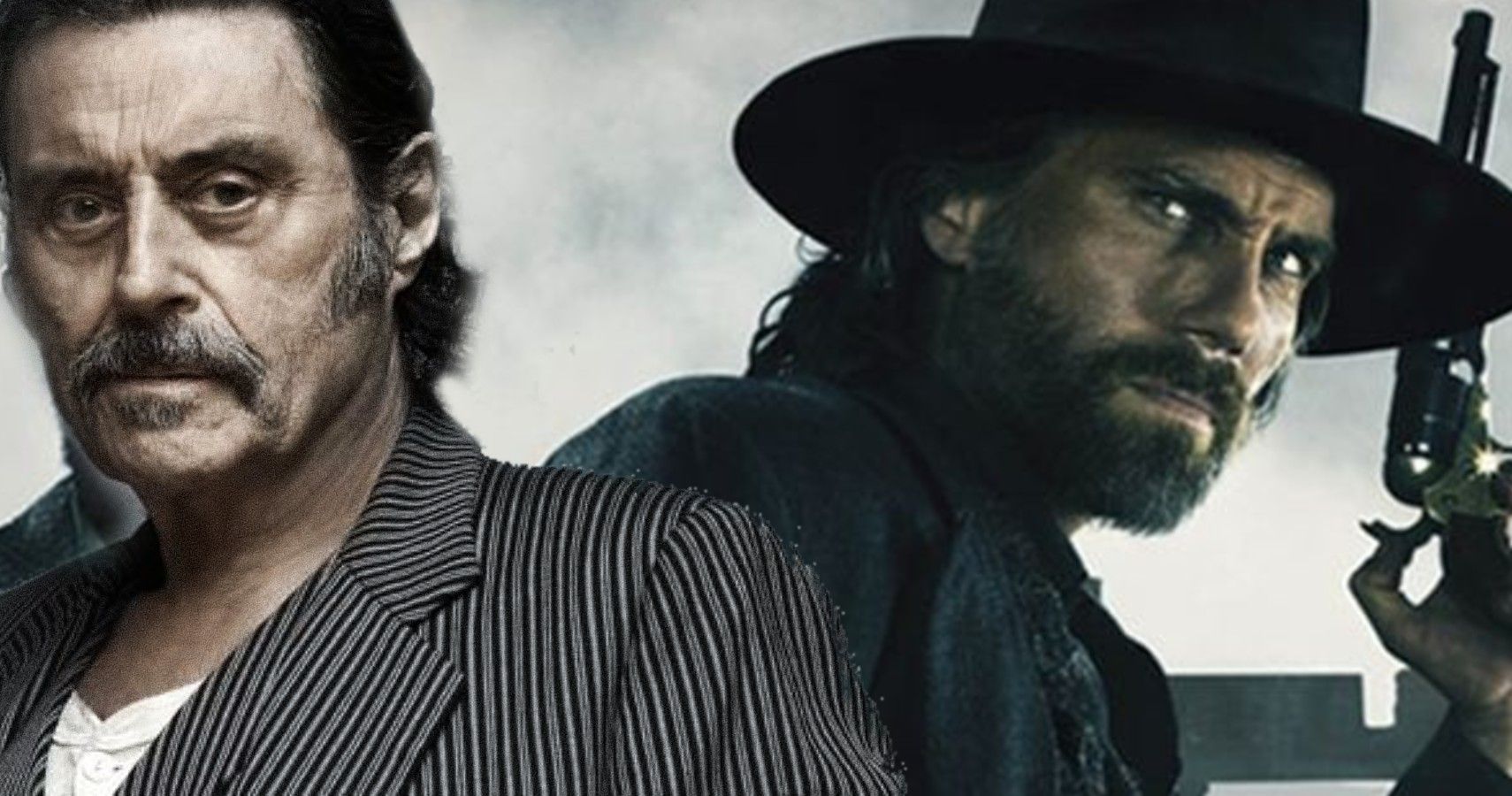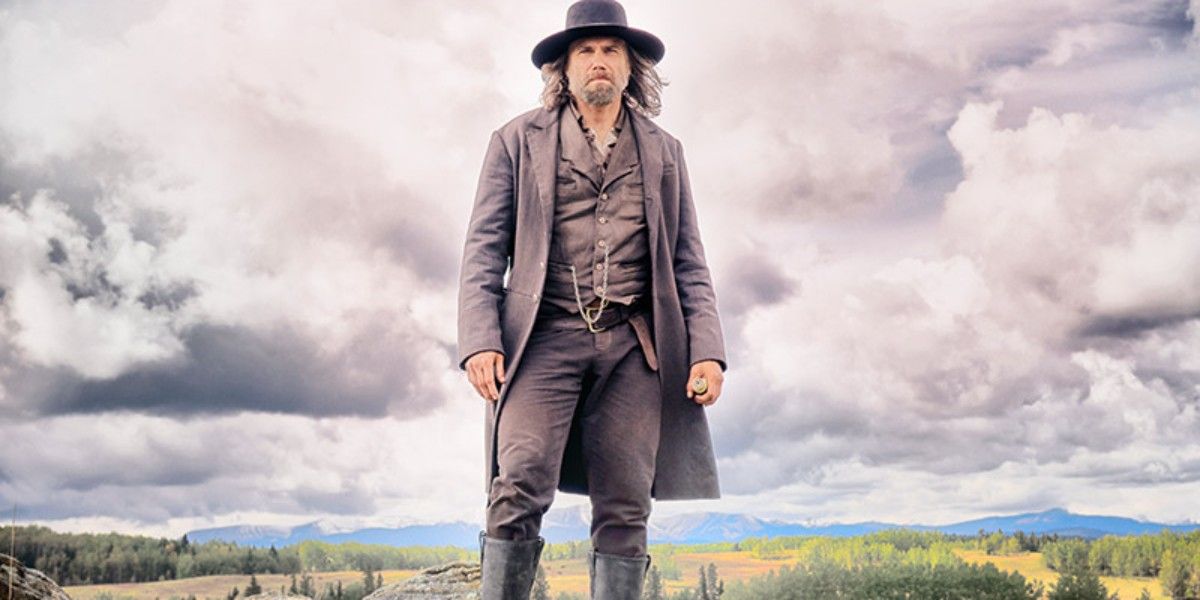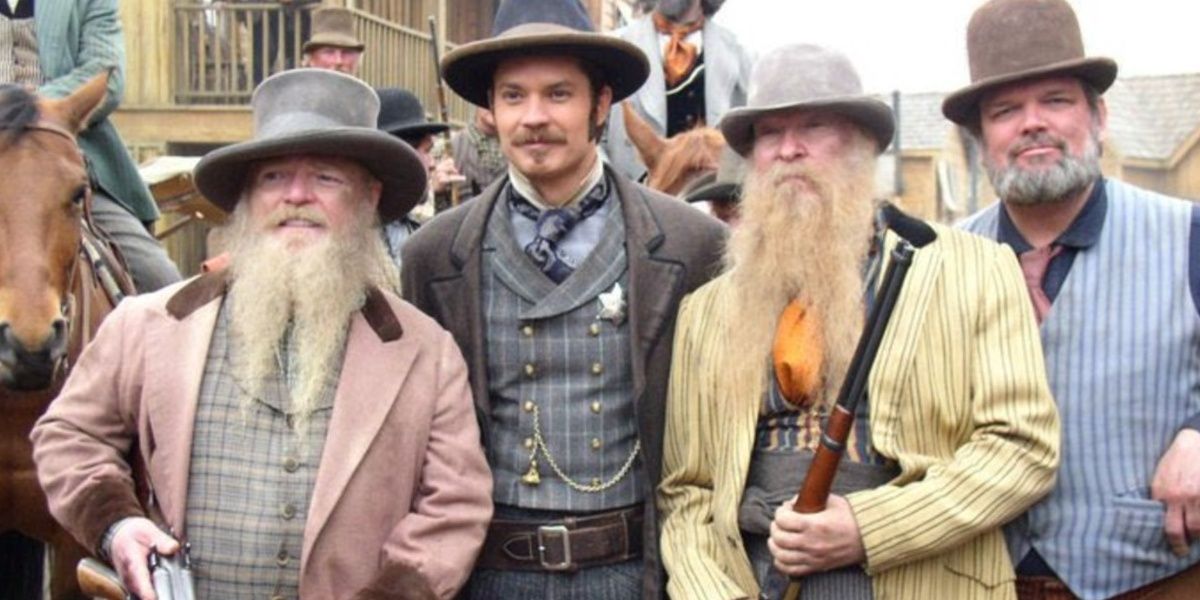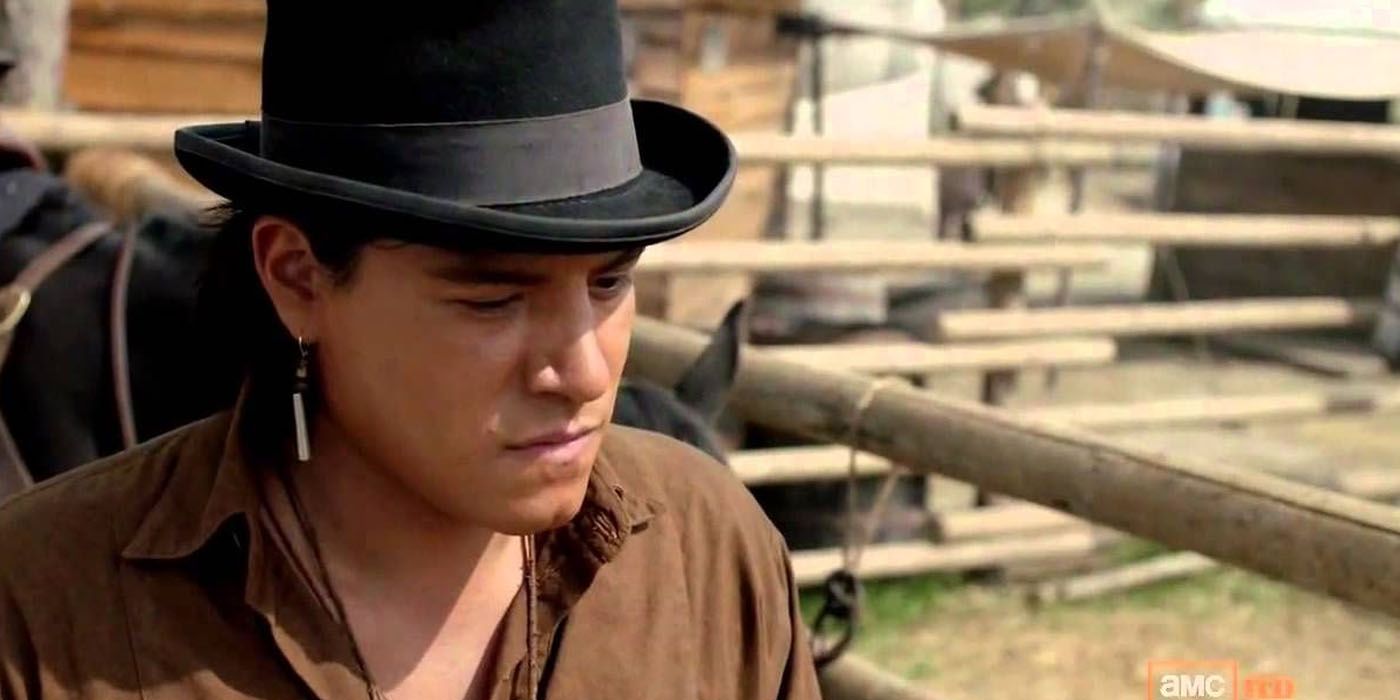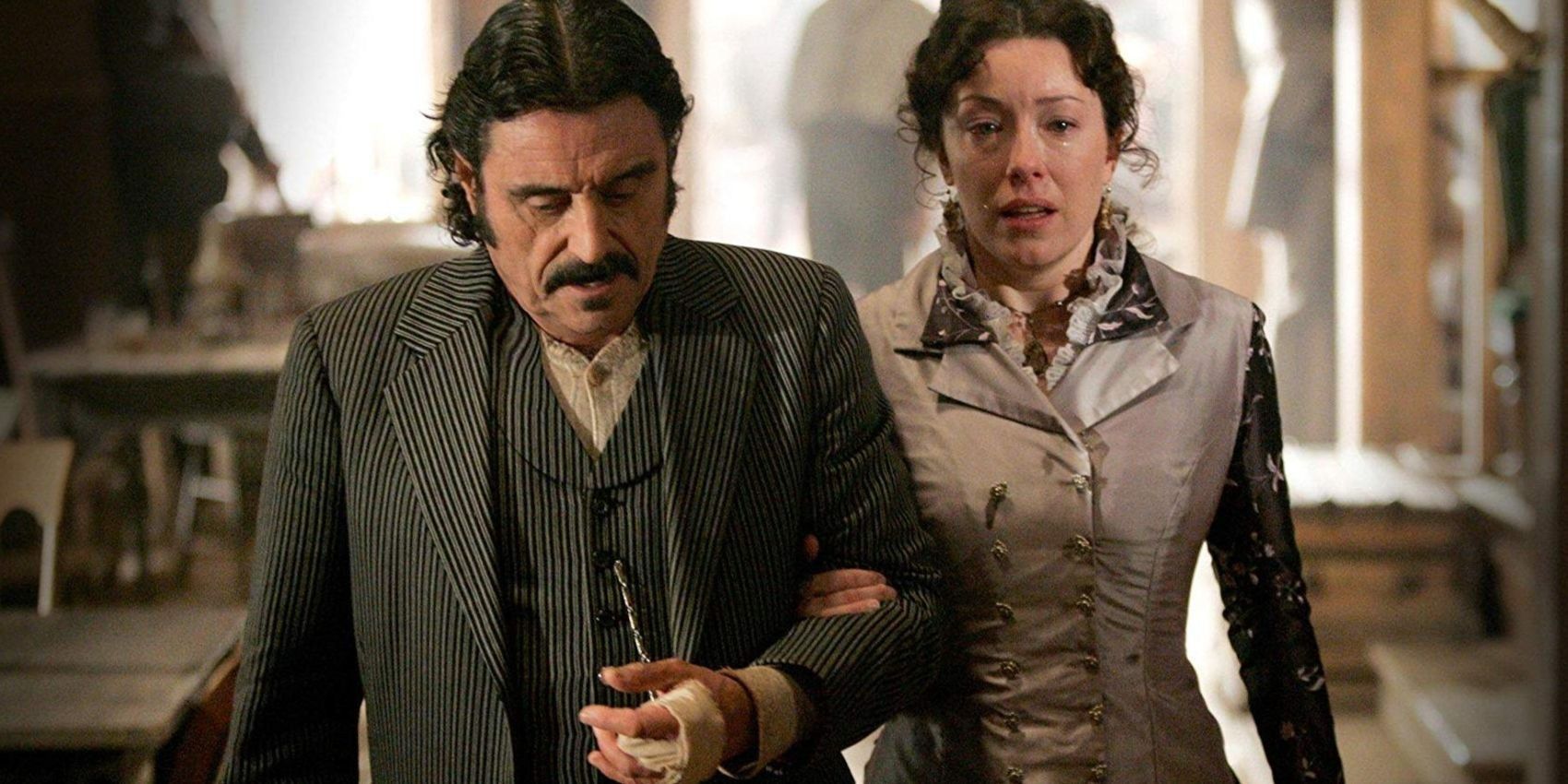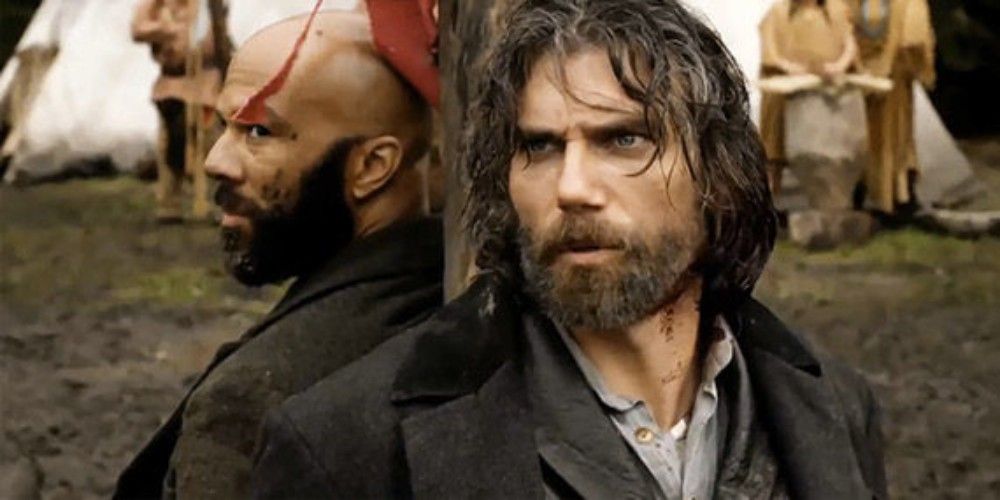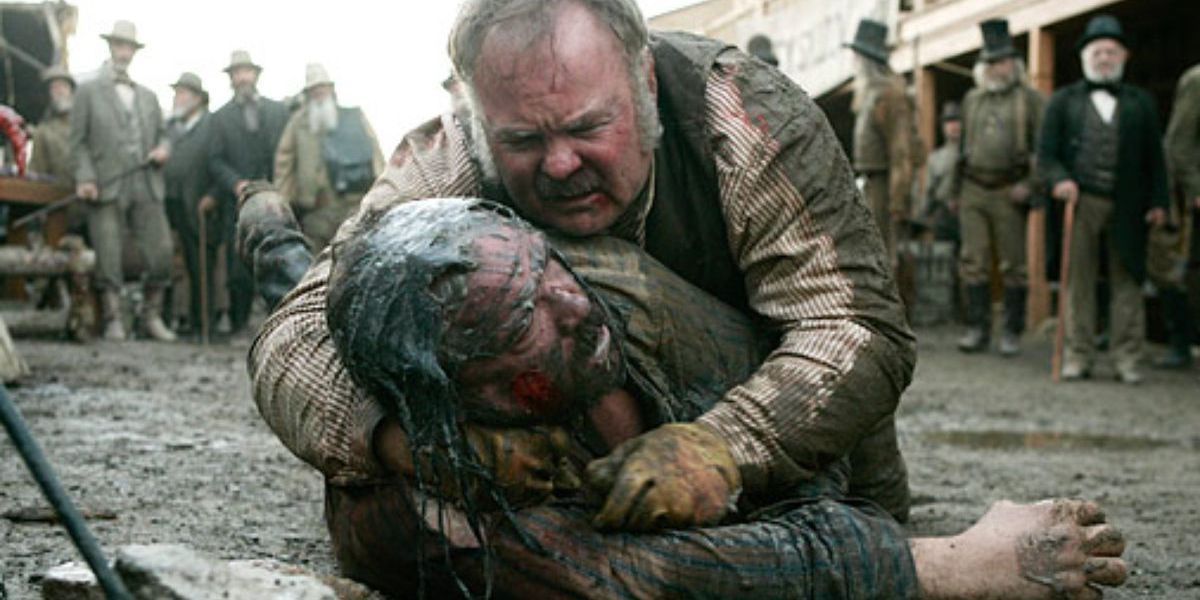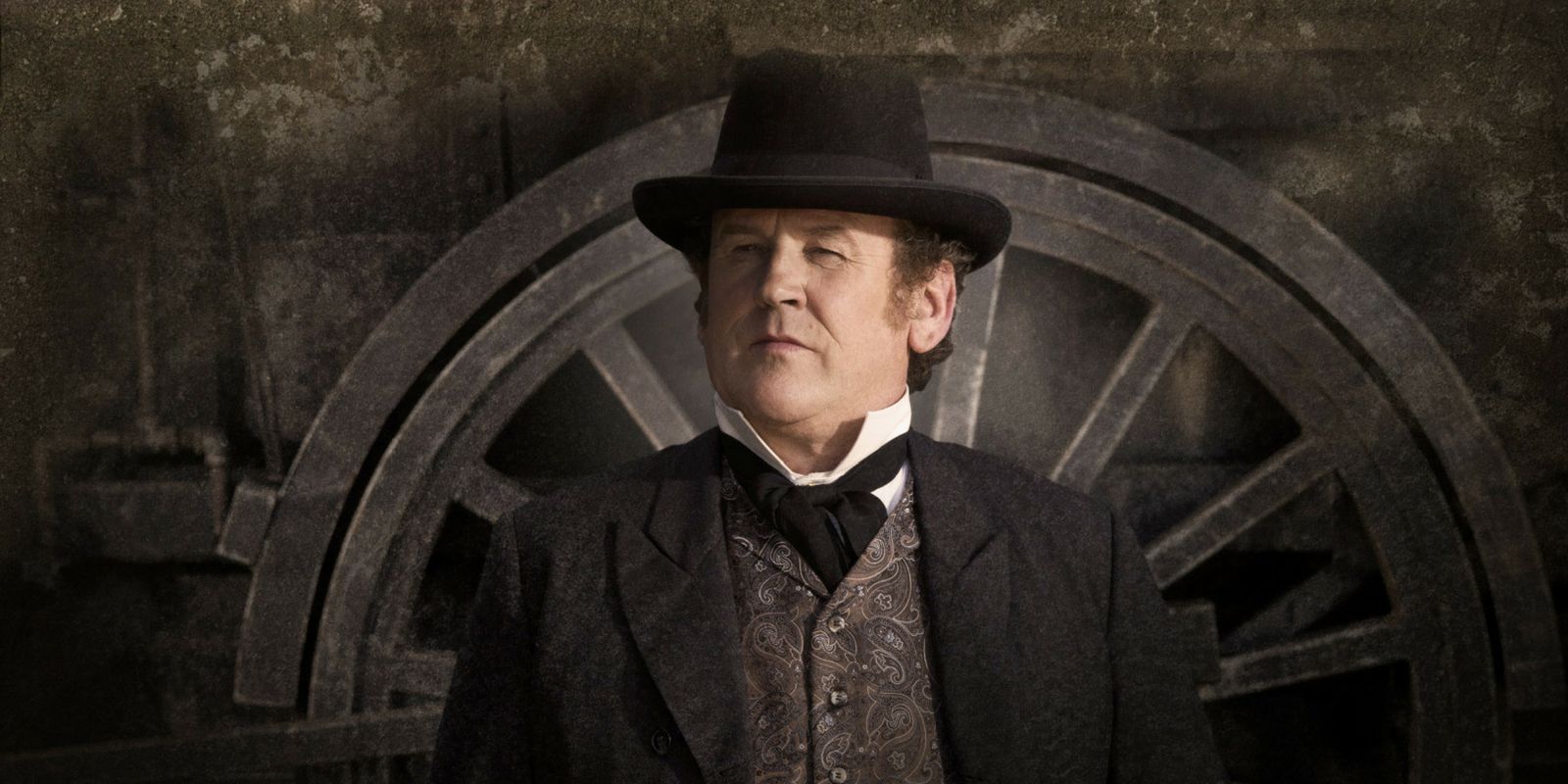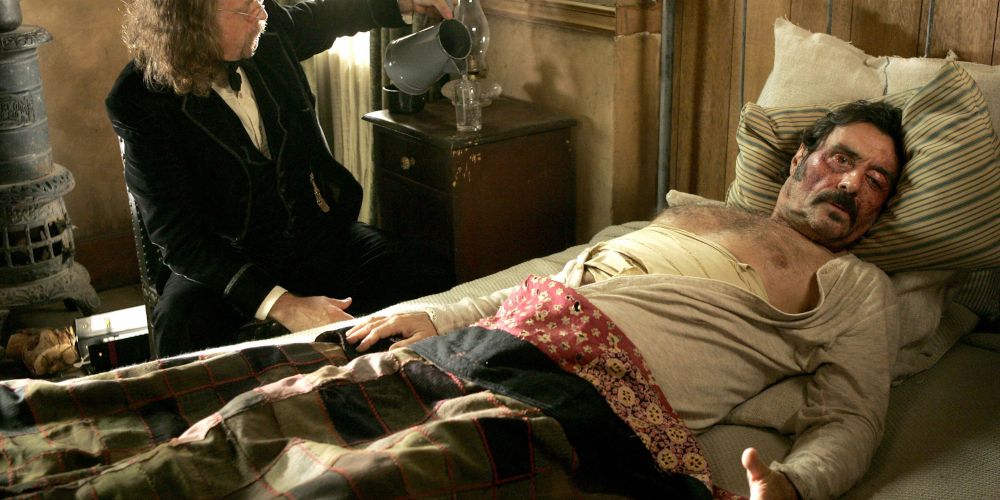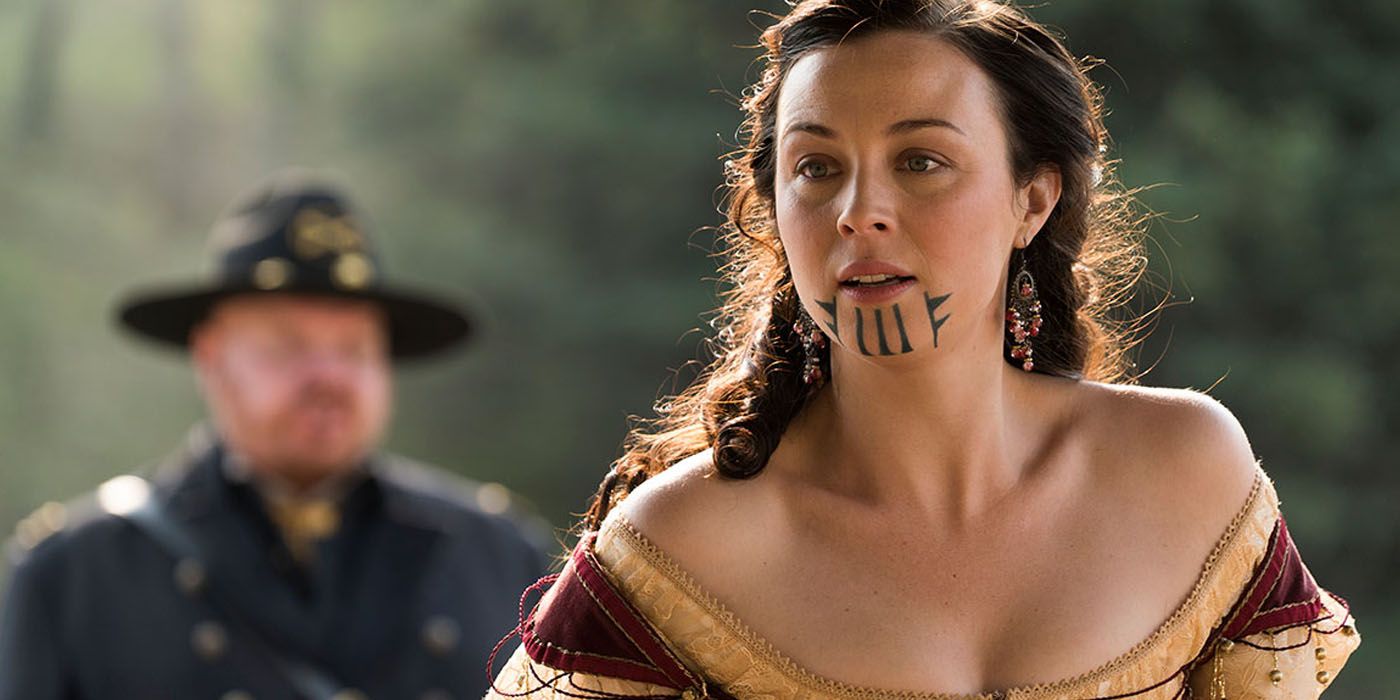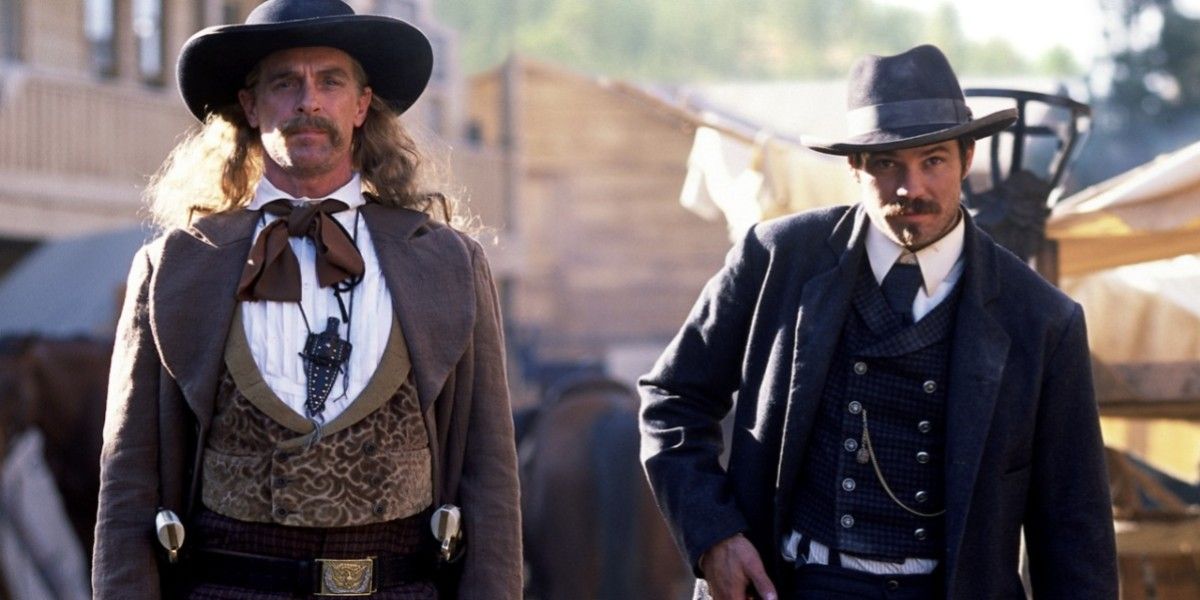Though it was released at a time when the Golden Age of television was already saturated with remarkable series like The Wire and The Sopranos, Deadwood debuted in 2004 and promptly made viewers remember the irreplaceable distinction of the Western. With its award-winning dialogue, memorable characters, and painstaking attention to period detail, there would not be another of its kind until 2011 when Hell on Wheels came to claim its crown.
Hell on Wheels aimed to compete with Deadwood in several ways; both series were about the forming of civilization in the frontier, one through a real historical town, and one through the construction of the transcontinental railroad. But where Deadwood was gritty and bleak, Hell on Wheels was romantic and presented a more ideal version of the American West. Here are 10 reasons why each series is better than the other.
HELL ON WHEELS: CINEMATOGRAPHY
One of the hallmarks of a proper Western is jaw-dropping cinematography. From craggy canyons to oceans of grass, Hell on Wheels has the sort of beautiful scenery that one would expect from the early days of the American West. Characters are often depicted riding through open plains under enormous skies.
Deadwood has a closer, more intimate feel to it, which doesn't focus on capturing the grandeur of the Old West in such an expansive way. Many of the character interactions occur in the town of Deadwood, without much cause to leave in order to show off the greater area around them.
DEADWOOD: MEMORABLE CHARACTERS
Deadwood has long been praised for its memorable cast of colorful characters. From the town's founding father and saloon owner Al Swearengen (played with aplomb by Ian McShane), to the altruistic Seth Bullock (Timothy Olyphant), the town's shopkeeper turned sheriff.
Hell on Wheels doesn't have as many characters who stand out directly, and most come across as a series of archetypes and cowboy tropes. The only players who stand out are ex-confederate soldier Cullen Bohanon (Anson Mount) and railroad baron Thomas C. Durant (Colm Meaney).
HELL ON WHEELS: DIVERSITY
From the very first season, Hell on Wheels boasts a diverse leading cast of characters, representing the many ethnically unique backgrounds brought together to build the railroad. Deadwood's cast gives these same characters tertiary roles in the development of the main storylines of the plot.
In Hell on Wheels, Elam Ferguson (Common), an ex-slave turned free man who works as Thomas Durant's enforcer, gets significant screen time, as does Joseph Black Moon (Eddie Spears), a Cheyenne convert trying to bring faith to the disillusioned railway workers, but is torn between his commitment to God and to his people.
DEADWOOD: DIALOGUE
The dialogue in Deadwood has been praised as some of the best to appear in any television series. Every character has to accomplish verbal gymnastics to get through it, and they come out sounding Shakespearean - in the most elegant and profane sense. Many inhabitants of the West learned to be literate through reading the bible, and so their diction sounded like a bible verse.
In Hell on Wheels, only a few characters are given the same loquacious lines, and few compare to the camp doctor in Deadwood who so eloquently screamed at the heavens, "What conceivable use was the screaming of those men?! Did you need to hear them to know your omnipotence?".
HELL ON WHEELS: CHARACTER DEVELOPMENT
Mimicking the pace of the American Frontier, the build-up of characters is slow in Hell on Wheels. Like each spike driven to mark each mile of the railroad track, it takes a long time for the characters' inner machinations to be revealed and the plot to pick up steam.
Characters constantly feel like living, breathing, people that make their decisions based on what's happening to them in the moment. Their circumstances dictate the context of their choices, and they aren't doing things for shock and awe, like on Deadwood.
DEADWOOD: GRITTY AUTHENTICITY
Historians have praised Deadwood for its commitment to showing the American West the way it really was. Far from something out of a John Wayne movie, where the frontier was romanticized, the HBO series shows every mud-stained dress, every blood-stained shirt, and every street piled with horse manure.
Hell on Wheels is generally regarded as the more sanitized of the two. In one memorable scene, the lead Cullen Bohanon removes his shirt, revealing a clean-shaven chest with rippling muscles, as though he'd been to the spa for a wax earlier that morning.
HELL ON WHEELS: HISTORICAL ACCURACY
Hell on Wheels gives viewers a very in-depth look at how trains changed journeys that would take four months on horseback into 7 days of travel with the railroad. The "town" of Hell on Wheels itself offers insight into worker conditions, land disputes, and how a town could grow from a series of tents into something like Deadwood.
Deadwood features several prominent historical figures, but takes great creative license with them, such as having Wild Bill becoming great friends with Seth Bullock during his only recorded day trip to Deadwood and turning Calamity Jane into a lesbian.
DEADWOOD: WRITING
It's not every day that a series features almost five dozen regular and supporting characters, any of whom can easily dominate any scene they're in, but that's how good the writing is on Deadwood. Each character ponders their place in society, and whether or not their living in it requires negotiating with their sense of self.
In contrast to Hell on Wheels, which has writing that can feel plodding, Deadwood tackled larger than life philosophical questions without causing viewers to lose interest. At its center was Al Swearengen who managed to, over the course of 36 episodes, go from a nefarious saloon owner to a communal pillar.
HELL ON WHEELS: SENSE OF ALTRUISM
For some viewers, it's not enough to make a television series about the American West and fill it with six-shooters and cowboys fighting Native Americans. It must capture the powerful dream of Manifest Destiny, which drew visitors from far and wide to realize their dreams in a land of plenty.
Hell on Wheels has a central focus on the Transcontinental Railroad and the intrepid men and women who built it, broadcasting the bombastic quality of the landscape and the people who thrive on it. It romanticizes the Wild West in a way that is timeless, and relatable to the altruist in every viewer.
DEADWOOD: COSTUMES
Like any HBO series, Deadwood spared no expense when it came to Deadwood. From recreating the real town of Deadwood, to making sure that every character was in period costume, the attention to detail is rich and awe-inspiring.
There are small components of every character's costume that reflects their personality. Al Swearengen, pimp and saloon owner, wears a distinct black and grey pin-striped three-piece suit. On his vest, the middle button is replaced by a solid gold nugget - the Wild West's equivalent of bling.

